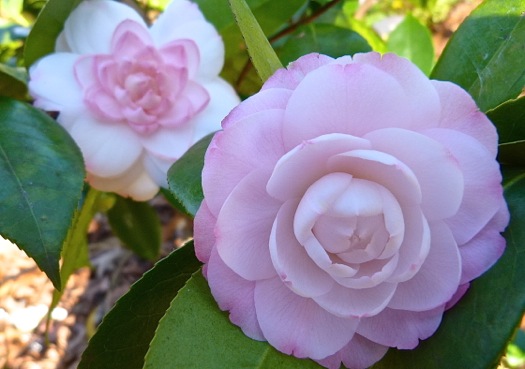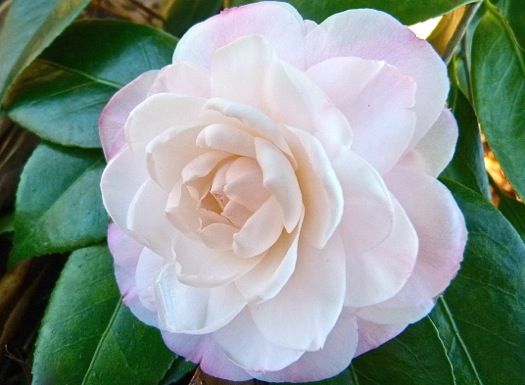Winter Web and Signs of Spring
 Sunday, February 11, 2018 at 7:15PM
Sunday, February 11, 2018 at 7:15PM When I look outside, I see an untidy, winter web of branches. It can be striking when afternoon sunlight glows amidst the tangled limbs, but mostly it is a reminder that Alabama is derived from an old Choctaw Indian word meaning, "I clear the thicket."
All these bare stems have me longing for spring, and it won't be long! This weekend, between rain showers, I went sloshing through the garden in search of signs of spring, and I was not disappointed. Here's an assortment of images that lifted my spirits:
The flowering quince shrubs are finally budding out! Chaenomeles usually begin flowering as early as January, so they are late this year, making me even happier to see the bright red-orange buds.
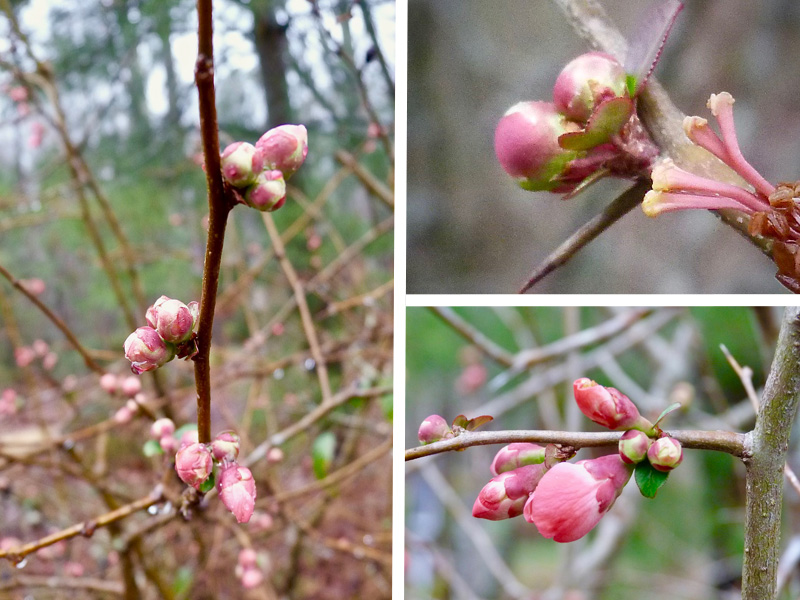
Camellia japonica is also starting to flower. The larger photo below is 'Red Candles', a very reliable bloomer here, no matter how cold the weather, and the paler pink one is called 'Something Beautiful.'
Hellebores have begun to flower in earnest: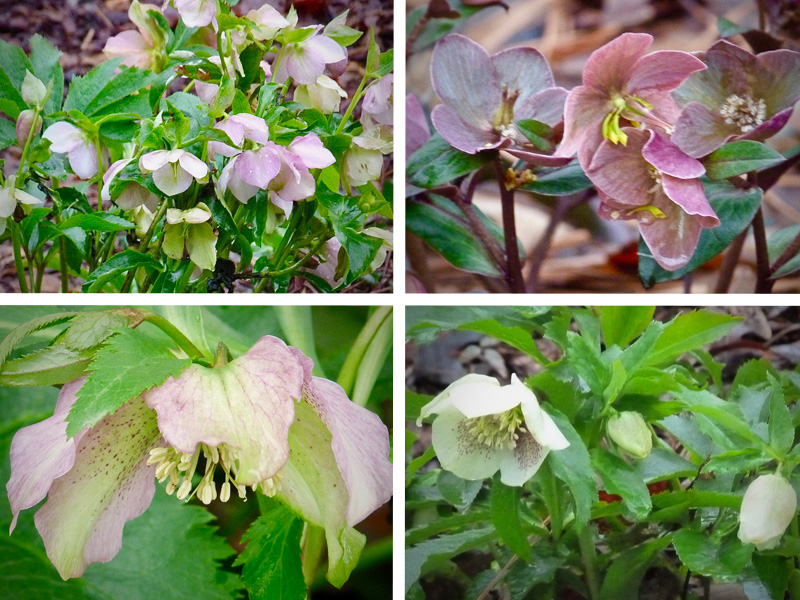
Daphne odora 'Variegata' is almost ready to open its fragrant buds: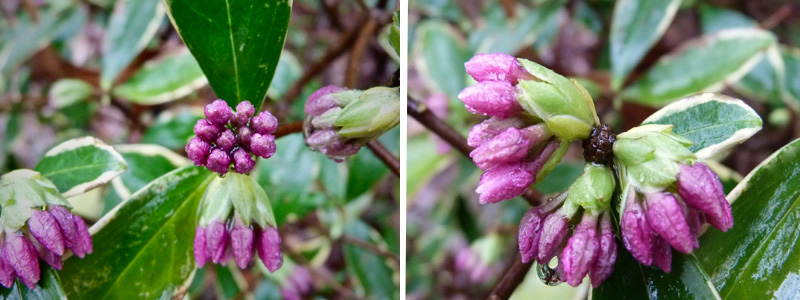
Daffodils are also later coming up this year, but it won't be long before their cheerful faces are brightening the garden:
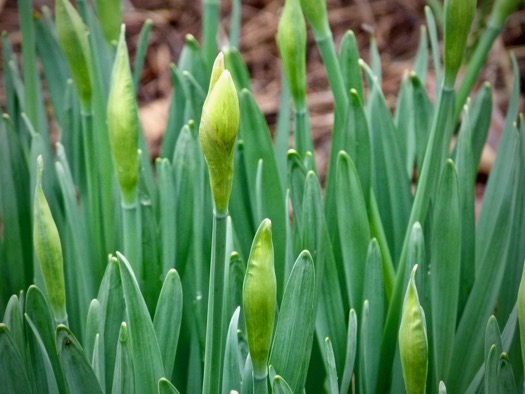
Velvety Edgeworthia buds will soon open: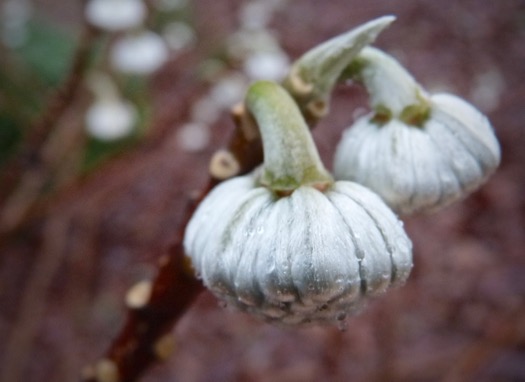
Here is an assortment of more buds and emerging foliage: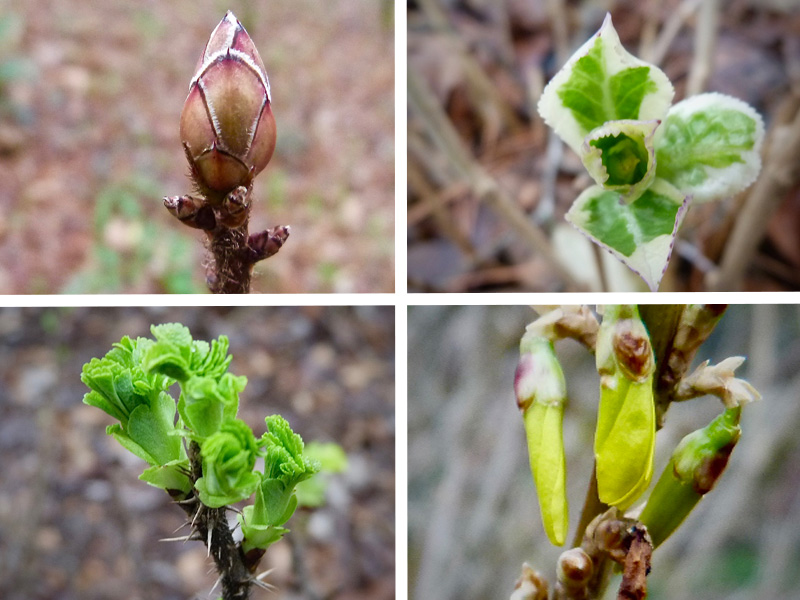 Clockwise from top left: Native azalea; Variegated hydrangea; Forsythia; Rosa rugosa 'Alba'.
Clockwise from top left: Native azalea; Variegated hydrangea; Forsythia; Rosa rugosa 'Alba'.
I am excited to see all these opening buds; they promise that soon there will be a springtime riot of color in my garden.


